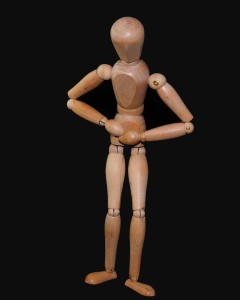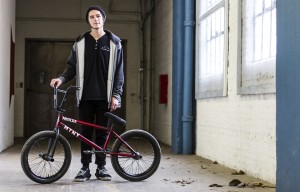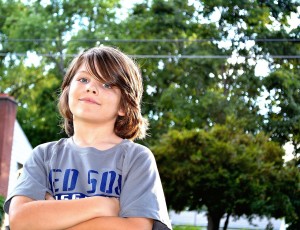Chiropractic clinical case histories have been a regular feature of our patient newsletter since its inception and have included papers published in various bio-medical and chiropractic journals.
There seems to be no end to the conditions that respond to chiropractic care – physical as well as psychological.
That is because chiropractic does not “treat” a particular condition. Chiropractic care “treats” or, more accurately, “corrects” a serious interference to brain, nervous system and energy function known as the subluxation.
No matter what condition you or a loved one may have, you will always function better when free from subluxations. Chiropractors are uniquely trained to locate and correct subluxations.
Chronic headache in an eight-year-old
An 8-year old boy who suffered from chronic headaches for two years was brought in for chiropractic care. The headaches were described as sharp and throbbing, worse with noise, better when lying down, and located in the frontal skull area and occasionally lasted an entire day. He also suffered from sore throat, fatigue, queasiness, aches, pains and dizziness.
His parents brought him to a neurologist, psychologist and nutritionist with limited health improvements.
The child was adjusted over a 20 monthperiod. Initially his cervical x-ray showed a flat spine – there was no curve. After 6 months of care his cervical lordosis (curve) was near normal for his age. His headaches and other symptoms resolved.
Chronic constipation in a child
A 7-year-old-boy presented for care with complaints of chronic constipation, headaches and neck pain. The boy had suffered from constipation since the age of three. At age 5, MDs prescribed enemas (three times per week) but this gave only temporary relief. By age 6, stool softeners and the laxative MiraLAX® were prescribed. Three to four weeks prior to chiropractic care, the boy had bowel movements of once per week. The child was adjusted over a 10 week period. The mother reported that her son had bowel movements of 5-6 times per week without the need for laxatives.
Two autism cases
Case one involves a 20-year-old autistic male who displayed aggressive behavior towards others. Case two involves a 17-year-old autistic female who abused herself.
Both patients received a trial of chiropractic care for 5 and 4 months respectively with visit frequency of once per week. Both patients responded favorably to chiropractic care with the male patient decreasing in aggressive behavior and the female patient decreasing in self-abuse and improving in socialization.
Please share with someone you know who might be encourages to help with any of these issues through gentle chiropractic care.








